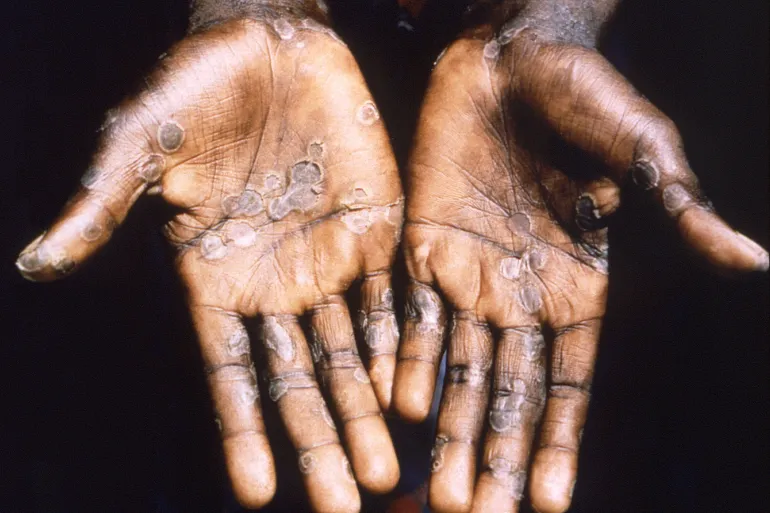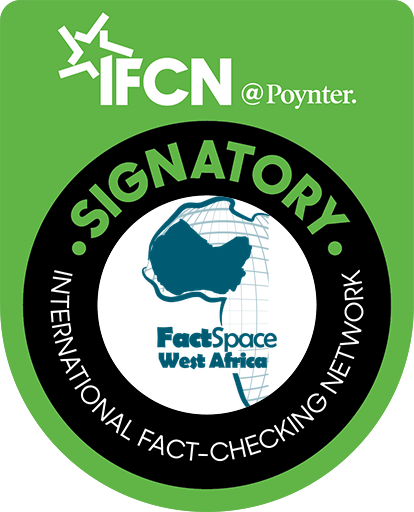Ghana has recorded 34 cases of Monkeypox across six regions – Greater Accra, Ashanti, Bono, Bono East, Eastern and Upper West.
This comes after the country first confirmed 5 cases of the disease in three regions more than a month ago – June 8, 2022.
“The last confirmed case was on the 15th of July. Of the first 30 (cases) we have about 20 of them from Greater Accra… So far no fatality among cases have been reported,” the Director-General of the Ghana Health Service (GHS), Dr Patrick Kuma-Aboagye said at a press briefing on July 24.
Global situation
The World Health Organization has declared the global monkeypox outbreak a public health emergency of international concern (PHEIC) as public health measures taken fail to stem the disease’s spread.
“More than 14,000 cases from 71 Member States across all six WHO regions,” WHO Director-General Tedros Adhanom Ghebreyesus, at the second meeting of the IHR Emergency Committee, regarding the multi-country outbreak of monkeypox said on July 21, 2022.
Symptoms
Monkeypox is caused by the monkeypox virus, a viral zoonotic disease that can spread from animals to humans and from one person to the other through close contact with an infected person.
The incubation period (interval from infection to onset of symptoms) of monkeypox is usually from 6 to 13 days but can range from 5 to 21 days.
The infection is divided into two periods:
- The invasion period (which lasts between 0–5 days) is characterised by fever, intense headache, lymphadenopathy (swelling of the lymph nodes), back pain, myalgia (muscle aches) and intense asthenia (lack of energy). Lymphadenopathy is a distinctive feature of monkeypox compared to other diseases that may initially appear similar (chickenpox, measles, smallpox)
- The skin eruption usually begins within 1–3 days of the appearance of fever. The rash tends to be more concentrated on the face and extremities rather than on the trunk. It affects the face (in 95% of cases), and palms of the hands and soles of the feet (in 75% of cases).
- Also affected are oral mucous membranes (in 70% of cases), genitalia (30%), conjunctivae (20%), as well as the cornea.
- The rash evolves sequentially from macules (lesions with a flat base) to papules (slightly raised firm lesions), vesicles (lesions filled with clear fluid), pustules (lesions filled with yellowish fluid), and crusts which dry up and fall off.
- The number of lesions varies from a few to several thousand. In severe cases, lesions can coalesce until large sections of skin slough off.
By: Gifty Tracy Aminu





